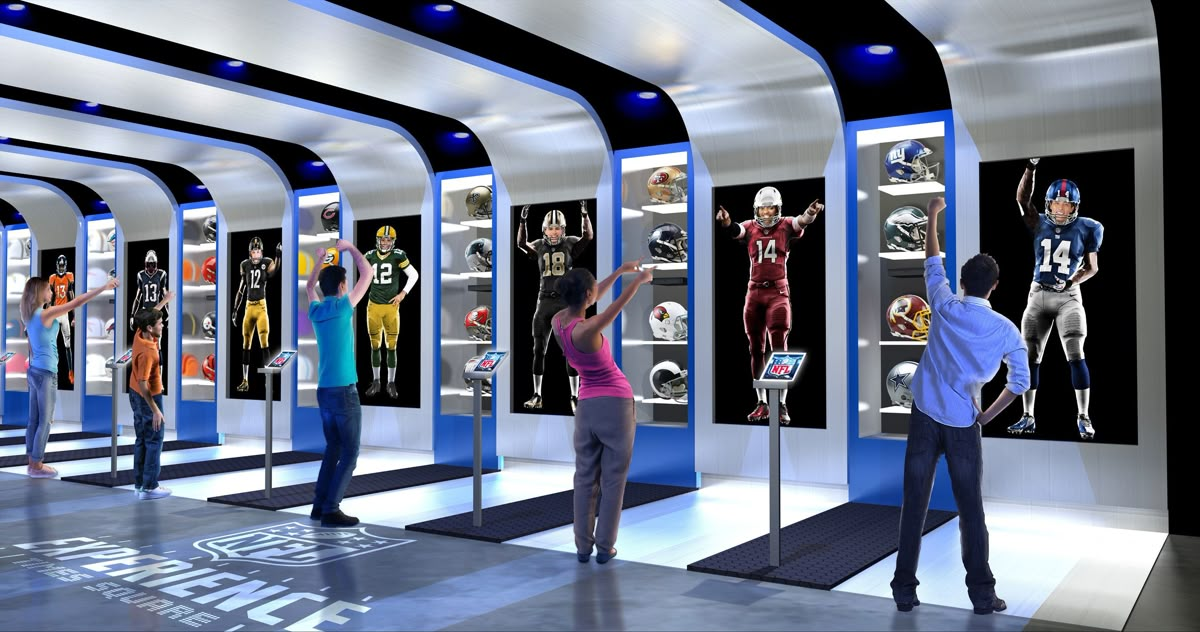
2025 was the year the worlds of technology, creativity and emotion finally found common ground.
Across festivals, stadiums and shUSopping precincts, AI moved from novelty to nuance, becoming the quiet engine behind some of the most memorable interactive campaigns of the year.
The best marketing campaigns didn’t just show innovation, they invited people into it. Audiences weren’t asked to watch, they were asked to play, to co-create, to feel.
It was a year defined by participation, by experiences that made people stop, smile and stay a little longer.
In this article, we highlight three technologies that shaped brand experience in 2025 and explore how they’re redefining the way audiences connect with brands.
At the start of 2025, the industry seemed saturated with AI talk, every brand claimed to “use it.” But as the year unfolded, a quieter revolution took place. The best work stopped showing AI and started feeling it. Campaigns became more intuitive, more adaptive, and surprisingly, more emotional.
Across the world, some of the most forward-thinking marketing campaigns treated AI as a creative collaborator.
Spotify took its data-driven DNA offline, launching a series of pop-ups where an AI DJ built playlists live based on crowd mood, time of day and even movement patterns inside the space. It was interactive, adaptive and deeply personal, a glimpse of how generative tools can make real-world environments feel as alive as digital platforms.

Closer to home, FutureLabs and Seeker Agency explored the same frontier at the AFL AI Photobooth, an activation that turned every fan into the hero of their own story. Using behaviour-based prompts, the system generated personalised personas, from “Coach” to “Brownlow Winner”, complete with custom imagery and tone. It was more than photo capture; it was AI as a narrative engine, blending audience behaviour with brand storytelling in real time.
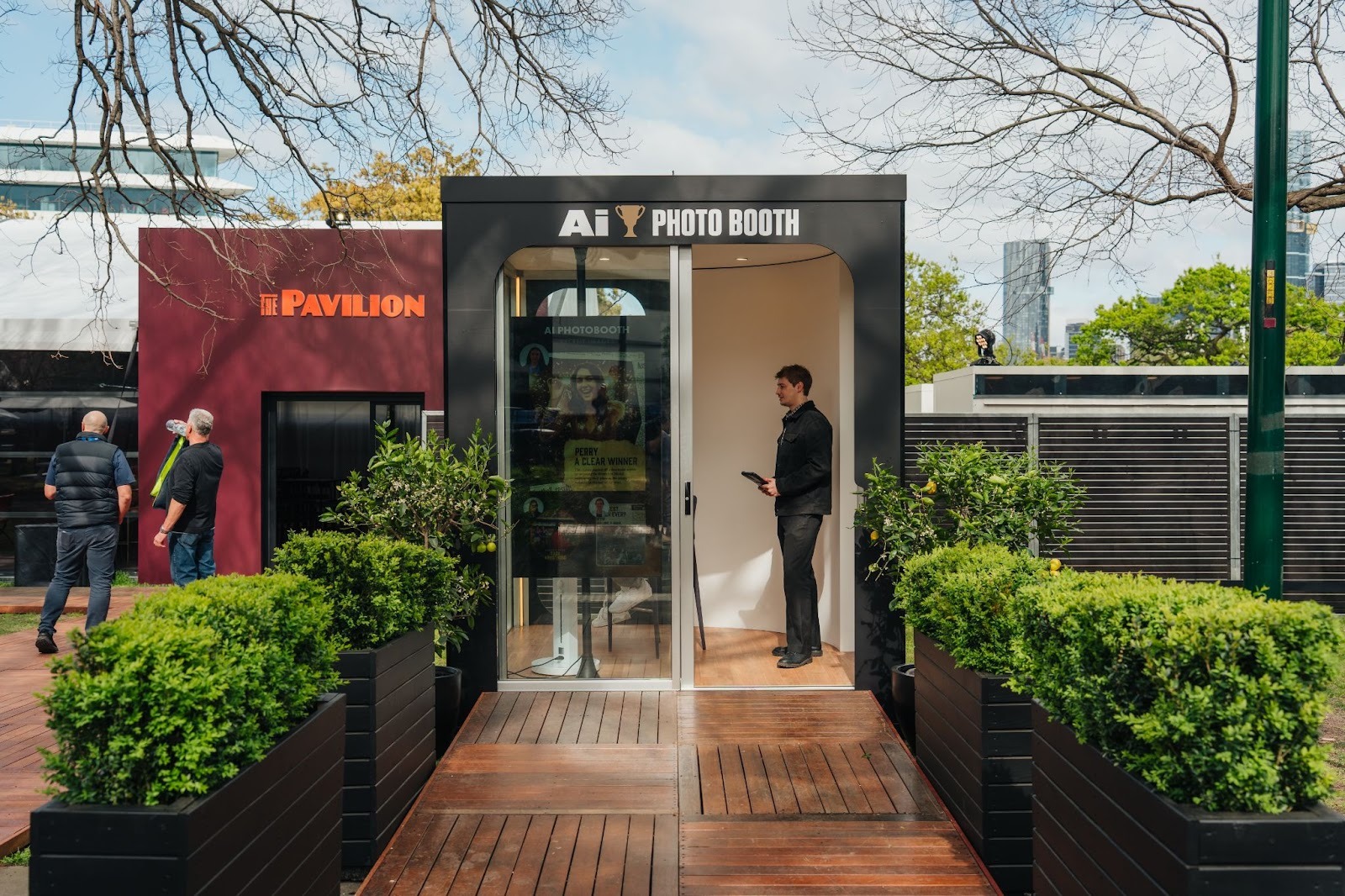
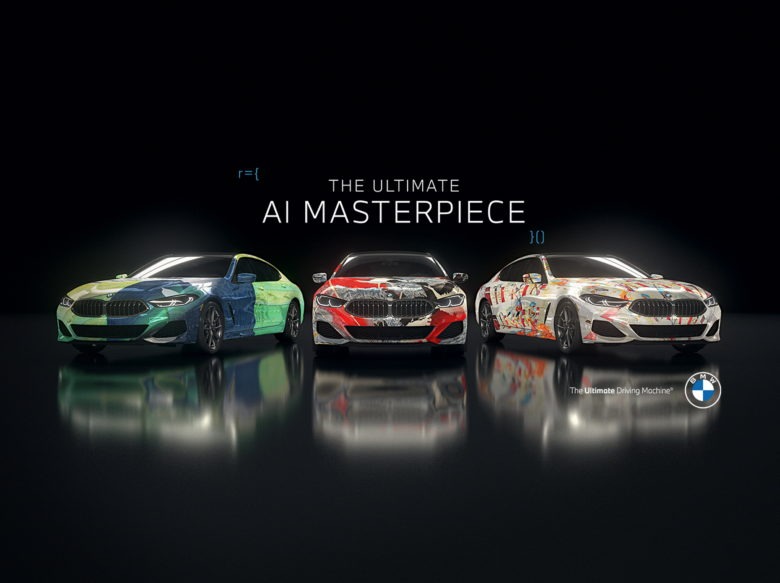
BMW blurred the boundary between art and engineering by projecting AI-generated artworks onto its vehicles. Each projection evolved with light and motion, transforming the car’s bodywork into a living sculpture. The campaign elevated brand storytelling beyond performance specs, proving that in luxury, emotion is the real innovation.
Fashion found its own voice in AI through H&M’s introduction of AI-generated “digital twins” of real models. Each twin was hyper-realistic, ethically approved, and fully licensed by the human it represented. The result was a campaign that fused authenticity with efficiency, streamlining photoshoots while giving talent more creative control over their likeness. It wasn’t just a technical leap, it was an ethical statement: AI can coexist with human creativity, rather than replace it.
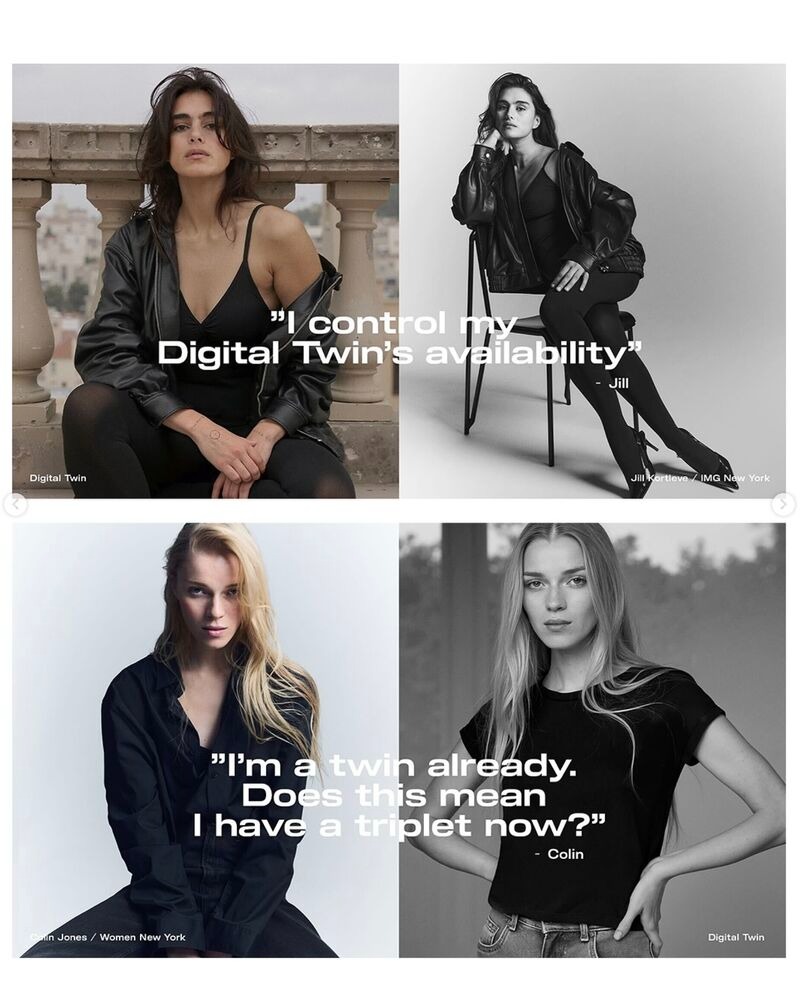
Each activation used AI not as a gimmick, but as a responsive layer, a way to read the crowd, shift tone, and tailor the story second by second. The most exciting creative ideas of the year didn’t replace humans with code, they blended them.
In 2025, the most talked-about interactive campaigns didn’t live on screens. They lived in streets, plazas and public spaces where creativity met movement. From sports brands to furniture icons, marketers reimagined how people engage with space, designing environments that invited participation, not just attention.
In Shanghai, Nike and LEGO joined forces to transform a local primary school playground into a modular sports environment inspired by the geometry of a LEGO brick. Developed with design firm OLA Shanghai, the space was built to spark creative movement, where students could climb, balance and rearrange elements to invent their own games.

The activation supported Nike’s “Move to Zero” sustainability philosophy, fusing education, design and play.Every block reflected the DNA of both brands: modularity, curiosity and imagination. The result wasn’t just a playground, it was an evolving canvas that turned kids into architects of their own experience.

At Expo 2025 Osaka, the null² Pavilion became one of the most talked-about installations of the year. The structure combined mirrors, robotics, LED walls, and responsive avatars to create an environment that literally reflected its visitors. As people moved through the space, the installation adapted — surfaces pulsing with light, data and sound that mimicked collective rhythm.


In Australia, FutureLabs FutureLabs’ Mildura Interactive Misters project brought that philosophy to regional Australia. Stretching across Langtree Mall, the installation fused mist, LED light, and ambient sound into a living sensory corridor. By day, it offered cooling shade; by night, it transformed into an atmospheric light sequence that responded to movement and weather in real time.

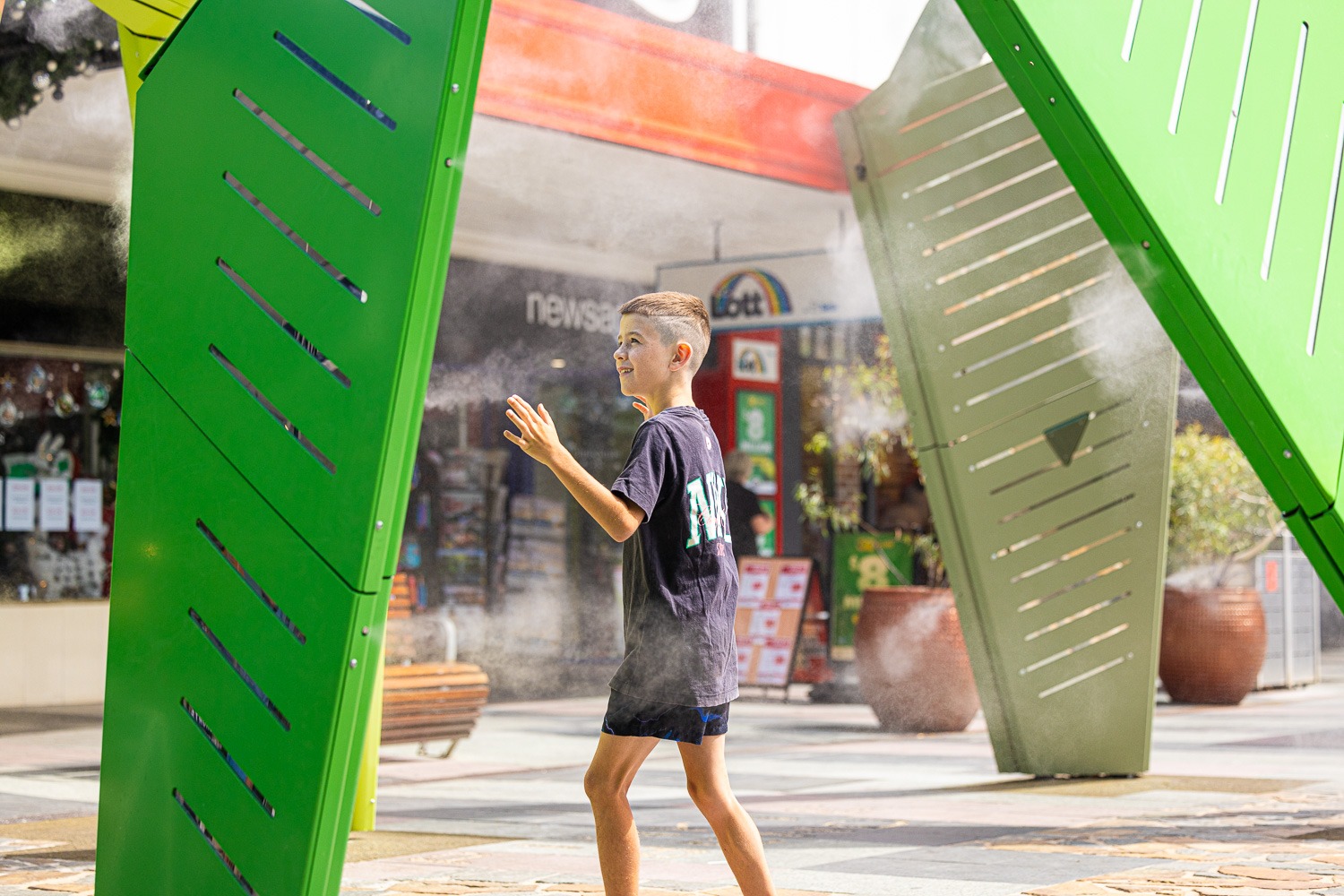
If 2024 was about automation, 2025 was about adaptation. Brands finally started designing campaigns that listened, responding to audiences in real time, shifting visuals, sound and narrative based on collective mood or movement. It wasn’t about showing intelligence. It was about feeling alive.
Globally, this shift defined some of the year’s most ambitious activations.
At Red Bull Tetris Madrid, the brand turned a building façade into a playable billboard, letting fans compete in a life-sized version of the classic game. Each move from online participants changed the LED grid in real time, fusing sport, spectacle and shared data into one collective moment.
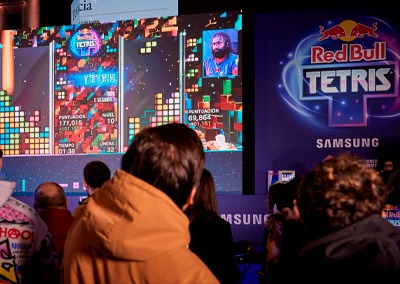
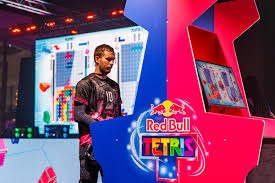
At Vivid Sydney 2025, Moment Factory’s “The Lucid Dream Collective” pushed that idea into emotional territory. The large-scale light and sound experience responded to the audience’s presence, movement and vocal input, building visual waves that evolved as more people joined in. It wasn’t just watched; it was co-authored by everyone standing under it — a living artwork that breathed with its audience.
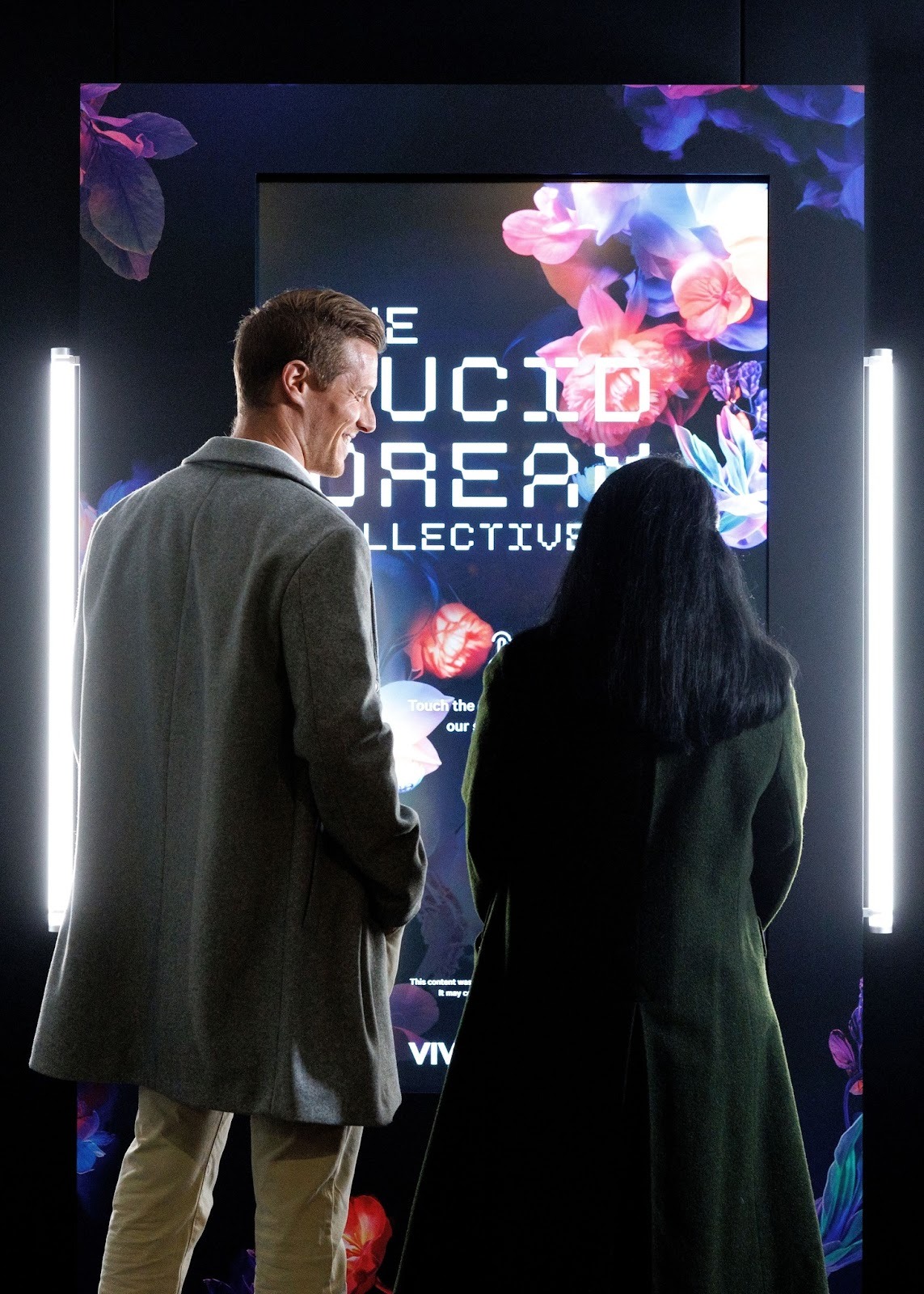
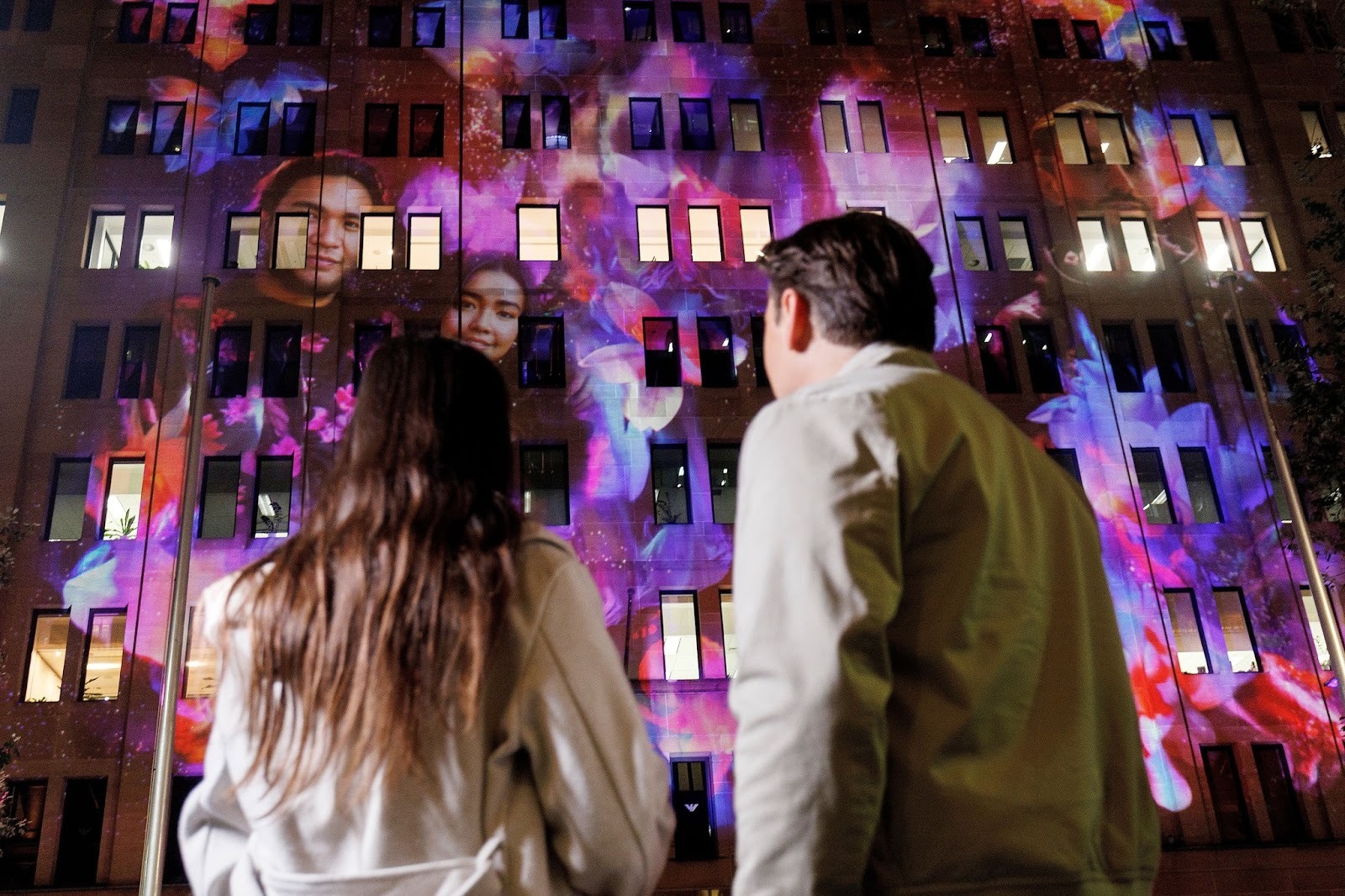
The thread across these campaigns wasn’t scale or spectacle. It was listening, turning audience input into narrative output. The strongest brand experiences of 2025 didn’t just tell stories; they co-created them.
For FutureLabs, that philosophy came alive through the LED Happiness Meter, a live lighting system that visualised crowd emotion in real time. Installed at major fan events, it captured participation levels and collective mood, translating them into dynamic waves of colour that pulsed through the space. When excitement built, the environment glowed brighter, a living reflection of shared energy.


2025 reminded us that innovation isn’t defined by the tools we use, it’s defined by how those tools make people feel.
From AI-driven creativity to interactive placemaking and real-time storytelling, the year marked a turning point for experiential design. The focus shifted away from spectacle and toward sincerity, from showing technology to sharing it.
The most effective campaigns this year were the ones designing for emotion, experiences that responded, adapted and invited audiences to co-create. As we move into 2026, the challenge for brands is no longer just how to use technology, it relies on how the audience could feel, enjoy and react.
At FutureLabs, that’s exactly where we’re heading. From AI-powered brand experiences to immersive environments that react in real time, we’re continuing to explore how data, design and emotion can move as one.
Discover how we’re designing interactive experiences, real-time activations and AI campaign that connect your customer with your brands

